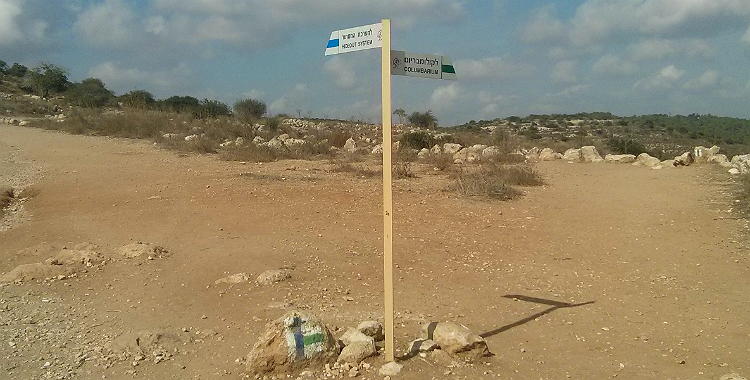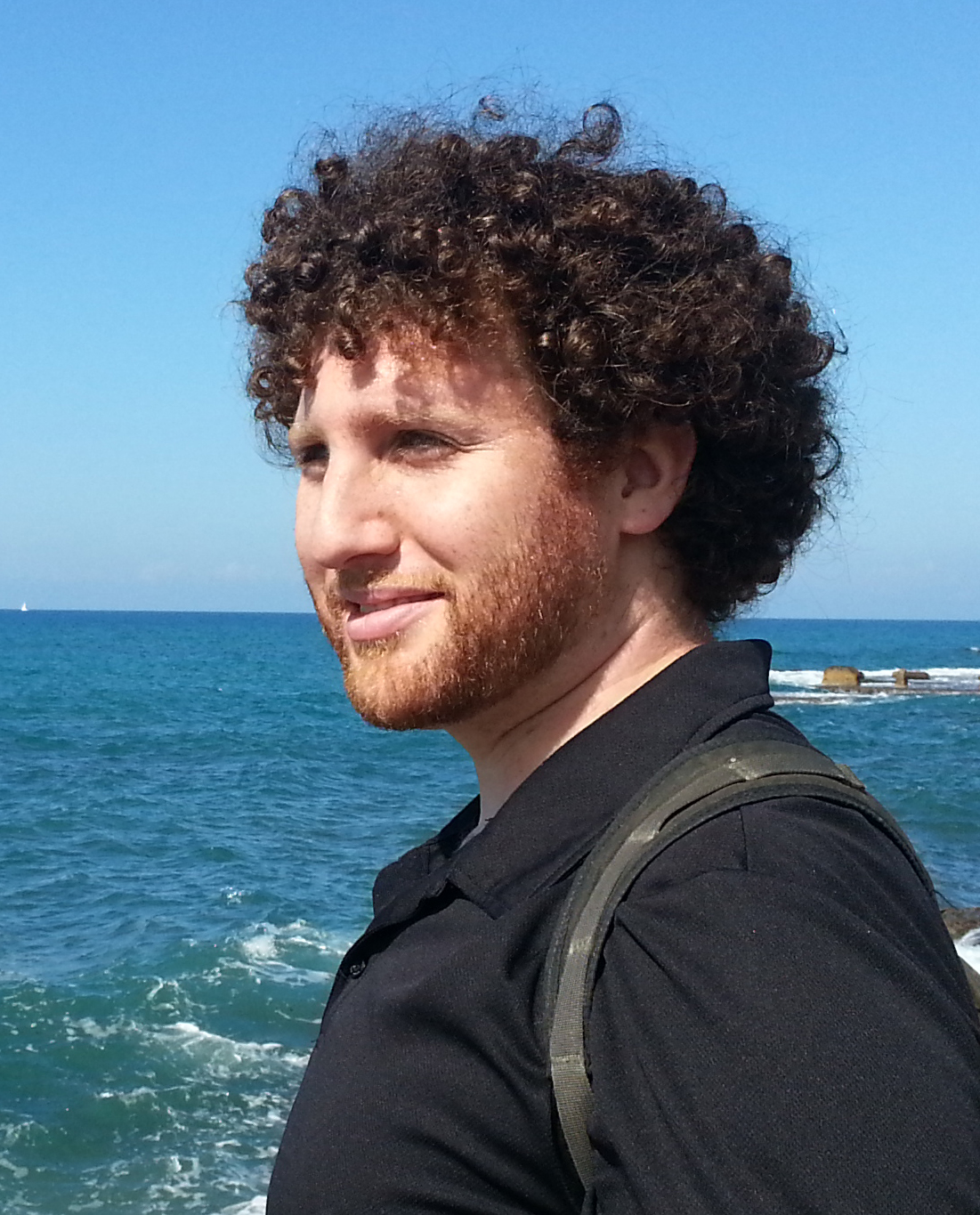
The period of time between the holiday of Passover and Shavuot is known as ‘Sefirat haOmer’.
The Torah orders us to count the 49 days separating the two holidays, Passover, commemorating the Exodus from Egypt, and Shavuot, commemorating receiving the An offering of barley was given in the Temple on each of the 49 days as this period coincides with the harvest of grains.
During the time of the Temple, the period of time between the holidays was an elongated celebration. This is very different from what happens now. Currently many traditions of mourning are kept for part of this period (from the first day until the 33rd of the 49 days).
Traditionally we learn that thousands of the students of Rabbi Akiva (circa 130 C.E.) perished from a divine plague during these 4 weeks as a punishment for acting disrespectfully towards each other.
How does this make sense? Rabbi Akiva is widely acclaimed for the statement, “ve’ahavta l’reacha kamocha” – love your neighbor as you would yourself. It doesn’t quite fit that specifically his students would disrespect each other to a point of receiving such a divine punishment.
Let’s take another look of what was going on at the time in the land of Israel and who the main players were.
60 years had passed since the great revolt against the Romans which had resulted in the destruction of the Temple and expulsion of Jews from Jerusalem. A widespread revolt had started. Lead by Shimon Bar Kochva, this revolt became known as the Bar Kochva revolt (132-136 C.E.). Rabbi Akiva was the main spiritual leader in Israel and supported the revolt.
A number of early successes against the Roman Empire lead to an independent Jewish territory in Judea for two years. This independence was eventually crushed by a force of more than six legions. The Roman Empire executed a swift and strong revenge against the Jews.
According to Cassius Dio (a Roman consul and historian), over 580,000 Jews were killed in the war. Those who survived were sold into slavery.
In addition to this widespread destruction, Hadrian took many steps to erase any chance of the Jews rising again. He executed many Jewish scholars, forbid the teaching and learning of Torah, and changed the name of the area of Judea and Samaria to Syria Palestina in an attempt to erase any memory of a Jewish homeland.
I suspect that the thousands of students who perished in such a short period of time where most likely fighting against the Roman legions.
Today we are still discovering secret hideouts that were used by Jewish fighters during the revolt! I recommend getting dirty and crawling/ climbing through the tunnels of the hideout in Hurvat Midras. This tunnel system in the area of Beit Guvrin shows one of the main Jewish tactics. Bar Kochva didn’t have the man-power or the weapons to take on a legion in a strait out battle. Instead, he used guerrilla tactics. After attacking Roman soldiers, the Jewish forces would escape into tunnel systems which were well hidden from sight. In the event that a Roman soldier did find the tunnel he would have to shed all of his weapons and armor to crawl in, rendering him defenseless.
As you travel to the ancient Jewish town, you can see the grains growing in the area and remember how those same grains were offered at the Temple during this period some two thousand years ago!


